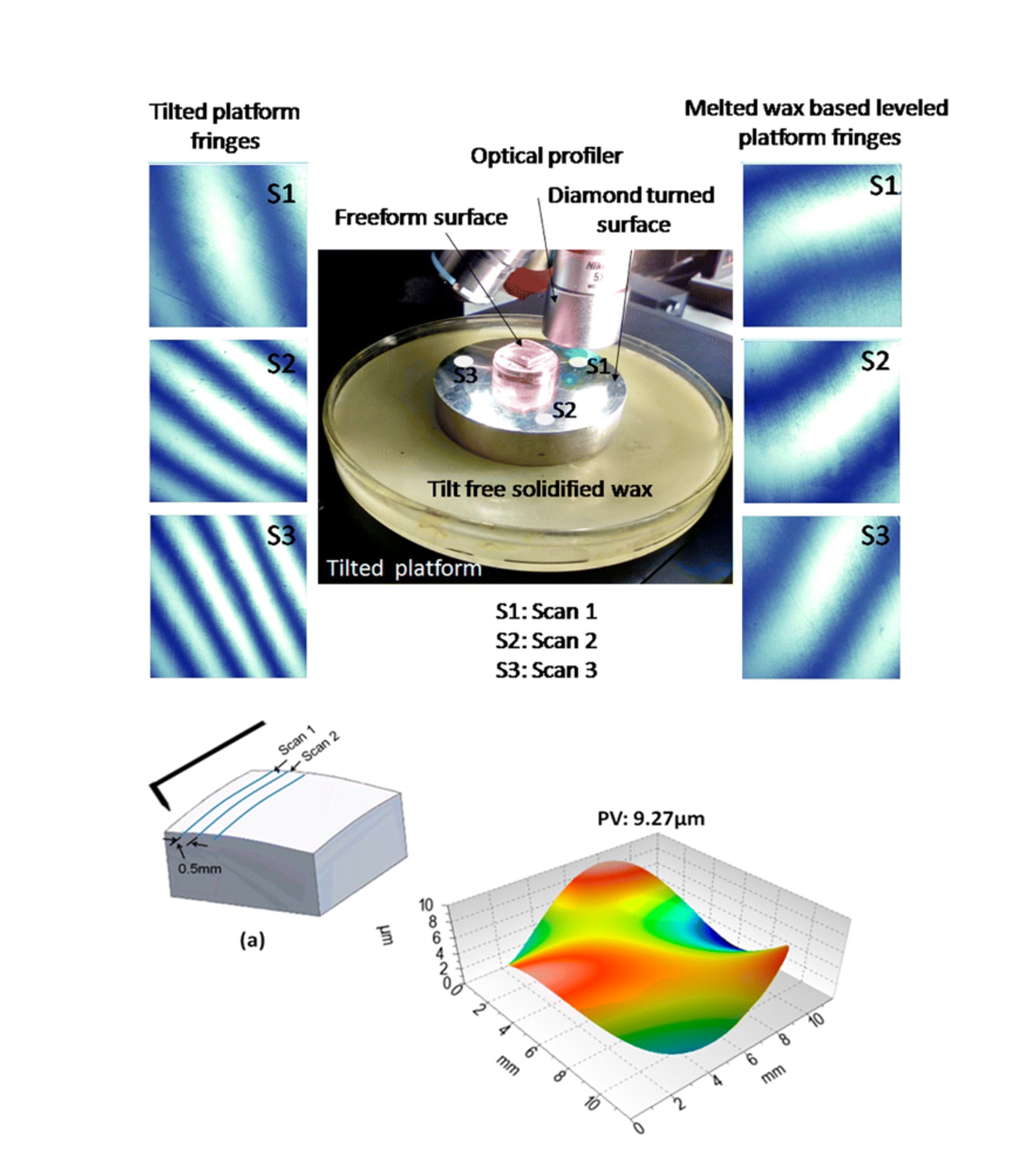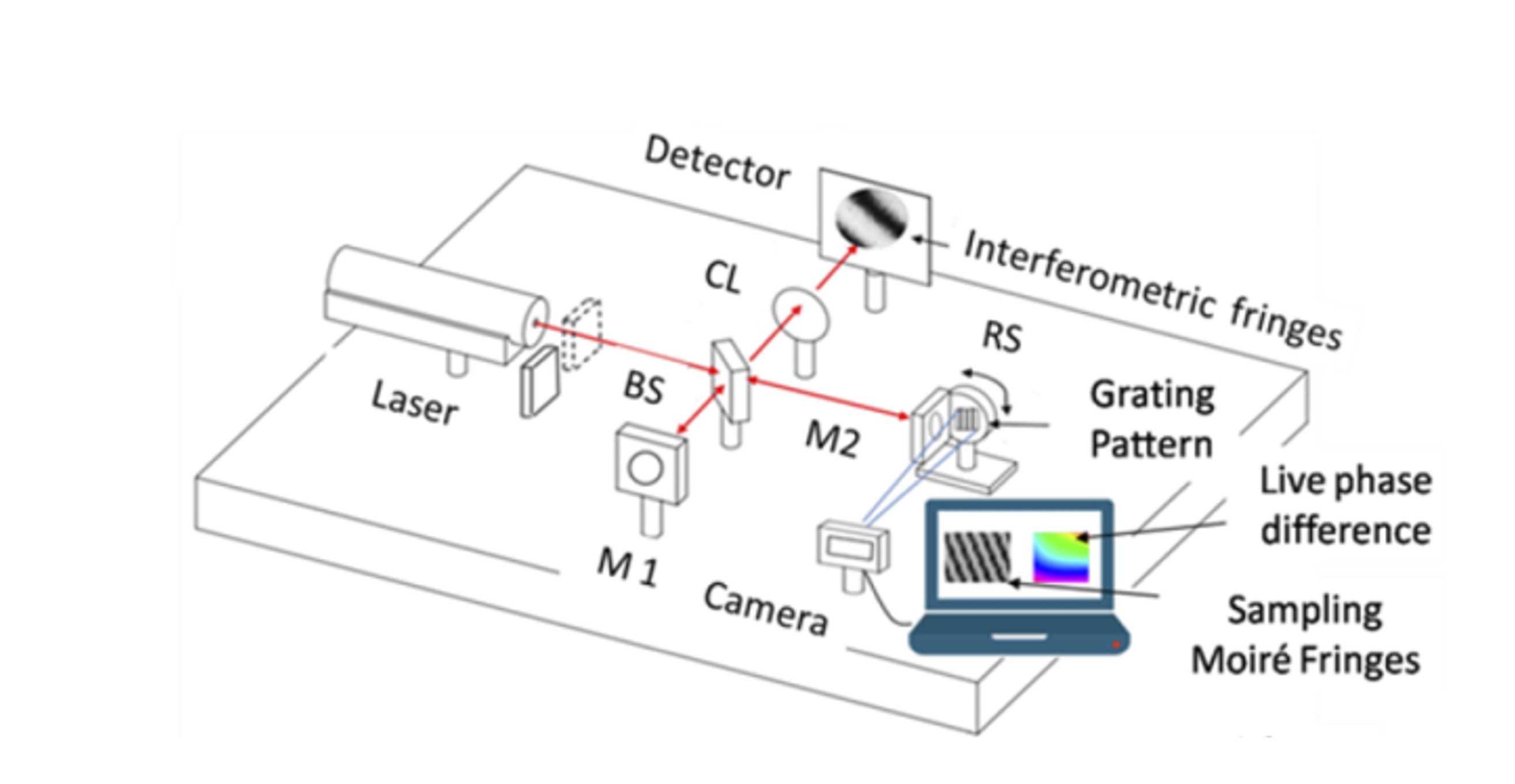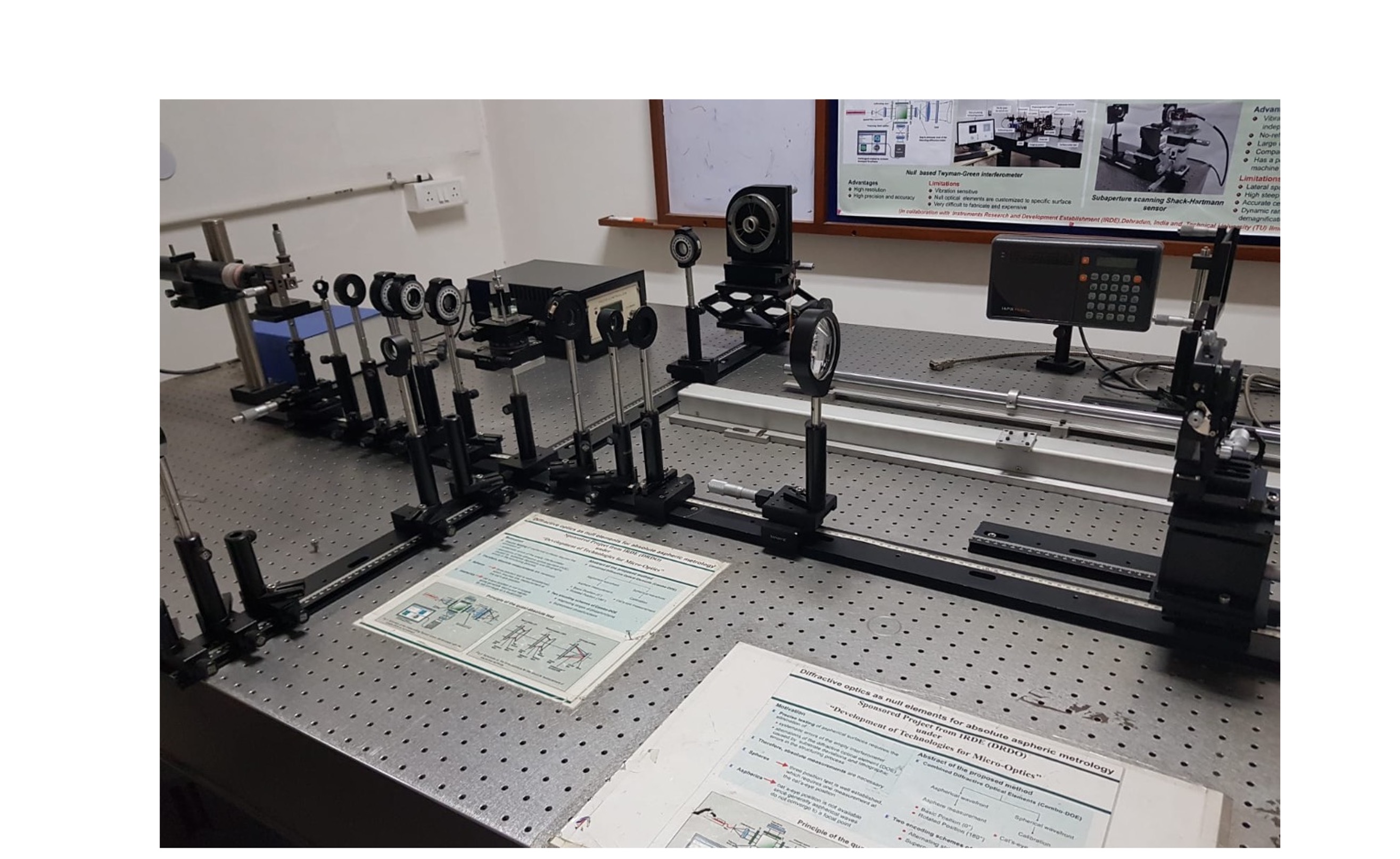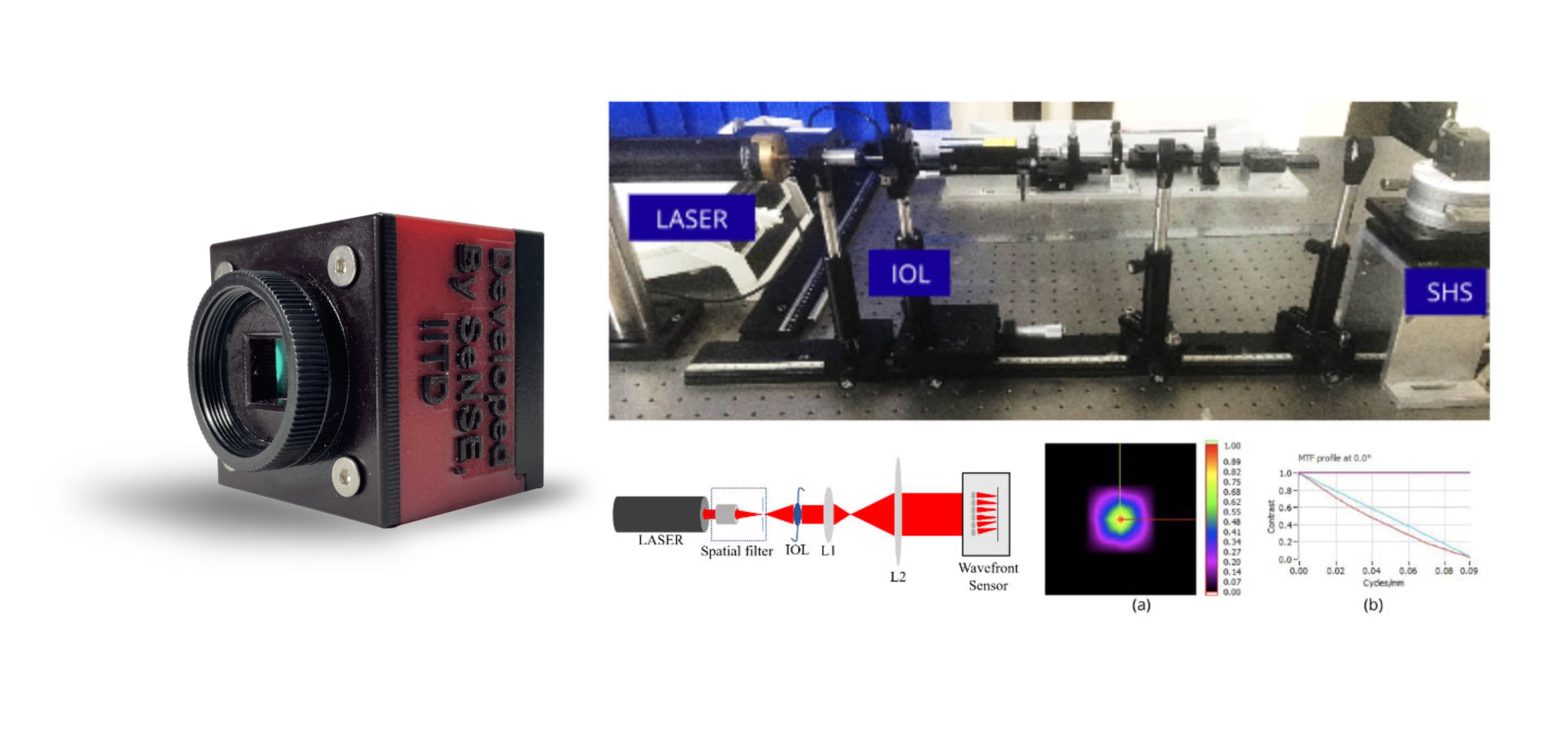Optical Metrology
Optical metrology, the science of precise measurement in optics, has undergone a remarkable transformation in recent years, thanks to advancements in technology and the increasing demand for high-performance optical components. Traditional spherical and cylindrical optics have long dominated the field, but the emergence of freeform and aspheric surfaces has revolutionized optical design. These non-standard, complex surfaces are critical for correcting aberrations, reducing system size, and improving optical system performance. High-precision optical metrology plays a pivotal role in characterizing, validating, and manufacturing freeform and aspheric surfaces, ensuring their accuracy and quality. Freeform and aspheric surfaces can have intricate, non-standard shapes that defy simple description or measurement with traditional methods. Measuring these surfaces accurately requires advanced techniques capable of capturing their unique forms. Given the precision required, non-contact measurement is often preferred to avoid any deformation or damage to delicate optical surfaces. Traditional contact-based methods may not be suitable.
 Metrology of freeform surfaces
Metrology of freeform surfaces
Advancements in diamond turning technology with tool servo configurations enables the generation of precise freeform surfaces. However, the profile accuracy is mainly limited due to non-availability of an efficient tool path compensation techniques and precise alignment methods. The aim of this study is focused on developing a tool path compensation routine for slow tool servo machining of freeform optics. A seven-order polynomial freeform surface, designed for hyperspectral imaging is selected for experimentation. Alignment strategy by utilizing the available fiducials is presented to ensure the precise re-mounting of surface during machining and metrology. The contact type profilometer is used to measure the fabricated surface by taking 25 numbers of two-dimensional raster scans at an interval of 0.5 mm. The scans are then stitched to get the 3D surface measurement. The residual form error map is used to compensate the tool path. Significant reduction in form error, i.e., from peak to valley (PV) of 9.27 to 0.75 μm with surface finish (Ra) of 11.82 nm, is achieved by performing four machining iterations of compensation. The simulation studies are also presented to investigate the effects of various misalignments on manufacturing accuracies. The developed compensation process is effective for fast convergence of form error and to manufacture the precise freeform optics for various imaging and non-imaging applications.
 Moire Based Alignment Technique
Moire Based Alignment Technique
The moiré fringe appears due to the overlap of reference and specimen grating patterns. Modern digital image sensors with periodic pixels enable images to be sampled at sampling rates which are governed by the Nyquist criterion.By taking advantage of digitization and computational data processing, the classical moiré technique has been further transformed into the sampling moiré technique.The computational sampling moiré technique combined with phase extraction is developed for the precise alignment of freeform optics during fabrication and in metrology applications.
 Absolute Interferometric Testing
Absolute Interferometric Testing
The polarization based Twyman-Green interferometer is built for absolute testing of aspheric and freeform optics. It involves design and development of computer-generated holograms for interferometric measurements of aspheric and freeform optics in reflection and transmission modes. This enables highly accurate characterization of complex optical surfaces, contributing to enhanced optical system performance .
 Wavefront Sensing
Wavefront Sensing
A scanning wavefront sensor is developed for in-situ measurement of freeform and aspheric optic. This sensor measures real-time and accurate characterization of complex optical surfaces during the fabrication process. The capability to measure in-situ will streamline the manufacturing processes and ensure the profile accuracy of optical components with complex optical surfaces. Shack-Hartmann wavefront sensor is further leveraged to characterize Intraocular Lens (IOLs) where it’s wavefront is measured and the information about MTF, PSF and Zernike coefficients are found out.